Expansion of Healthcare Applications
The Polymer Nanofiber Market is experiencing a significant expansion in healthcare applications. The unique properties of polymer nanofibers, such as their high surface area and biocompatibility, make them ideal for use in medical devices, drug delivery systems, and tissue engineering. Recent market analyses suggest that the healthcare sector's demand for nanofiber-based products is expected to grow at a compound annual growth rate of approximately 9% over the next few years. This growth is driven by the increasing need for advanced medical solutions and the ongoing development of innovative nanofiber technologies. As a result, the Polymer Nanofiber Market is likely to see a substantial increase in investment and product development aimed at addressing the specific needs of the healthcare sector.
Advancements in Filtration Technologies
The Polymer Nanofiber Market is significantly influenced by advancements in filtration technologies. With increasing concerns regarding air and water quality, there is a pressing need for efficient filtration solutions. Polymer nanofibers exhibit remarkable filtration capabilities due to their high surface area and small pore size, making them ideal for applications in air and water purification. Recent studies suggest that the market for filtration materials is expected to grow at a compound annual growth rate of around 6% over the next five years. This growth is likely to be fueled by the rising demand for clean air and water, positioning polymer nanofibers as a critical component in the development of advanced filtration systems, thus enhancing the Polymer Nanofiber Market.
Rising Demand for Lightweight Materials
The Polymer Nanofiber Market is experiencing a notable surge in demand for lightweight materials across various sectors, including automotive and aerospace. As industries strive to enhance fuel efficiency and reduce emissions, the adoption of lightweight materials becomes paramount. Polymer nanofibers, known for their exceptional strength-to-weight ratio, are increasingly utilized in composite materials, contributing to weight reduction without compromising structural integrity. This trend is supported by data indicating that the automotive sector alone is projected to witness a growth rate of approximately 5% annually, further driving the demand for polymer nanofibers. Consequently, manufacturers are focusing on developing innovative nanofiber solutions to meet this growing need, thereby propelling the Polymer Nanofiber Market forward.
Increased Investment in Research and Development
The Polymer Nanofiber Market is witnessing a surge in investment directed towards research and development initiatives. As industries recognize the potential of polymer nanofibers in various applications, funding for innovative projects is on the rise. This investment is crucial for enhancing the properties of nanofibers, such as their mechanical strength, thermal stability, and biocompatibility. Data indicates that R&D spending in the materials science sector is expected to increase by approximately 7% annually, reflecting a growing commitment to advancing nanofiber technologies. Such investments not only foster innovation but also facilitate the commercialization of new products, thereby driving growth within the Polymer Nanofiber Market.
Growing Awareness of Environmental Sustainability
The Polymer Nanofiber Market is increasingly shaped by the growing awareness of environmental sustainability. As consumers and industries alike prioritize eco-friendly solutions, the demand for sustainable materials is on the rise. Polymer nanofibers, particularly those derived from renewable resources, are gaining traction as viable alternatives to traditional materials. This shift is supported by data indicating that the market for sustainable materials is projected to expand at a rate of 8% per year. Consequently, manufacturers are compelled to innovate and produce environmentally friendly nanofiber products, aligning with the sustainability goals of various sectors. This trend is likely to bolster the Polymer Nanofiber Market as it adapts to meet the evolving preferences of consumers and businesses.
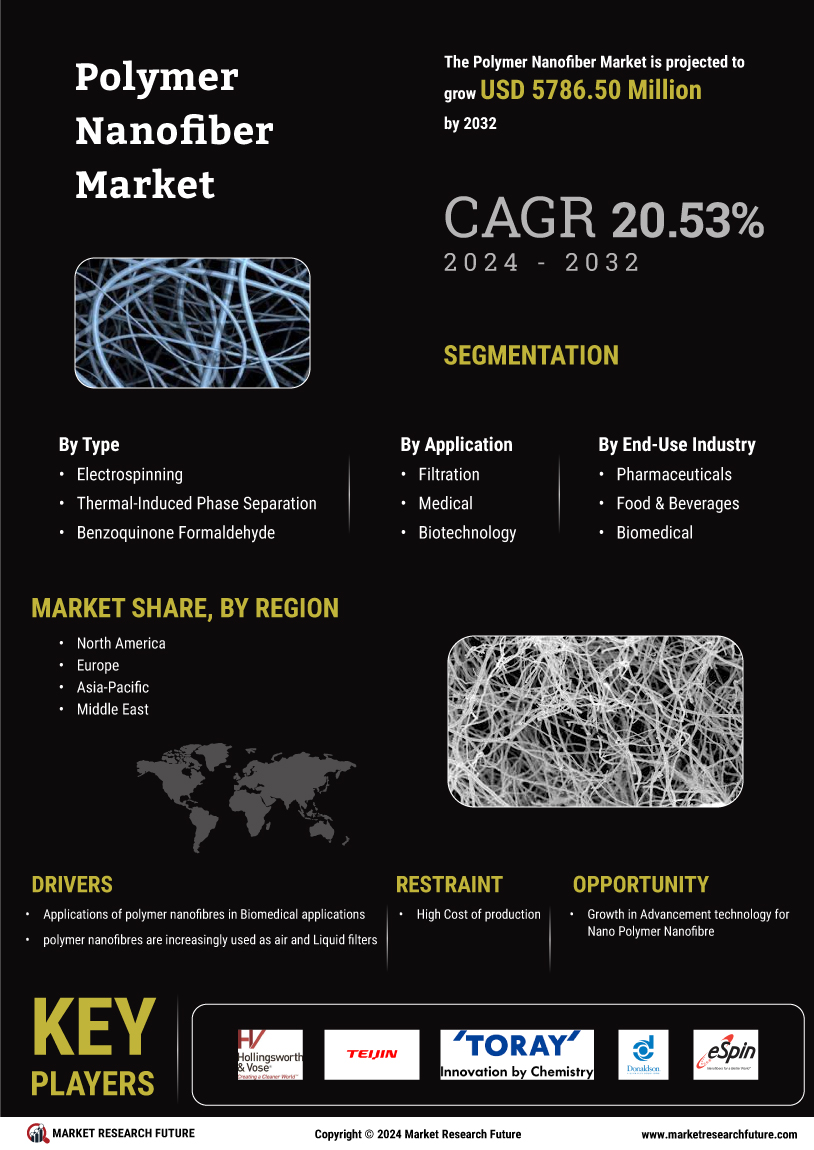

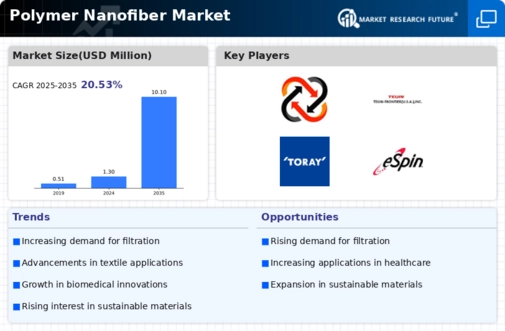
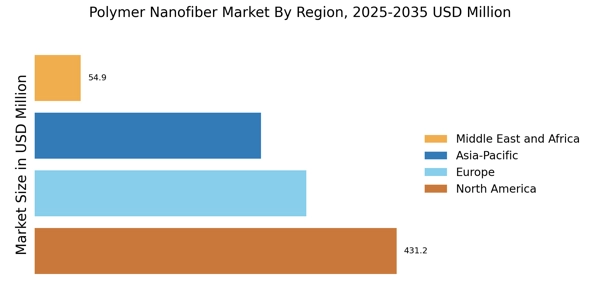
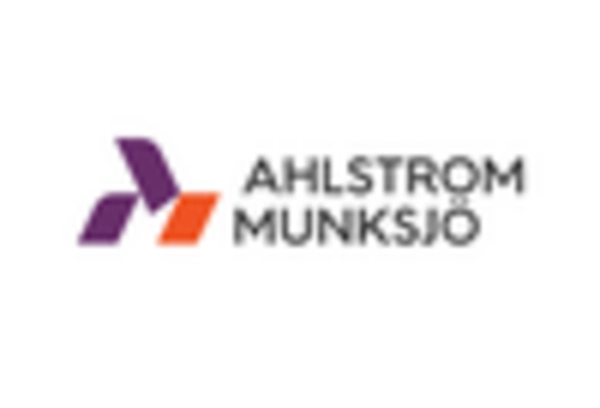
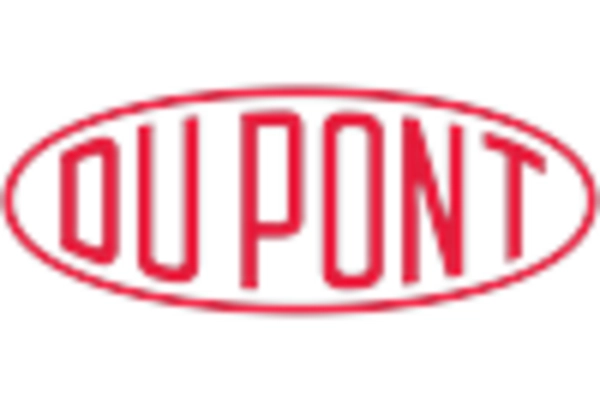
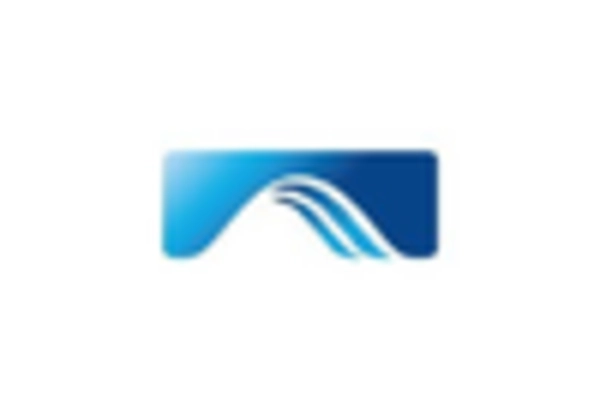
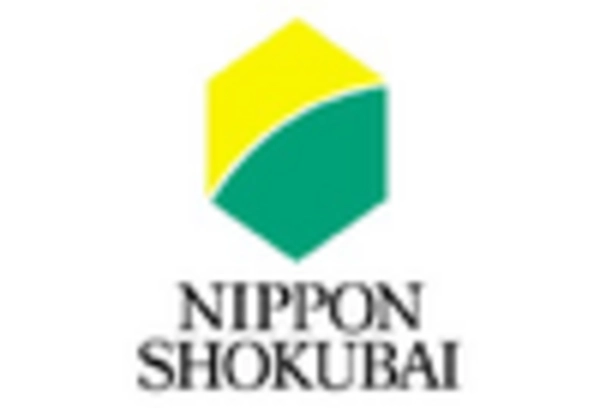
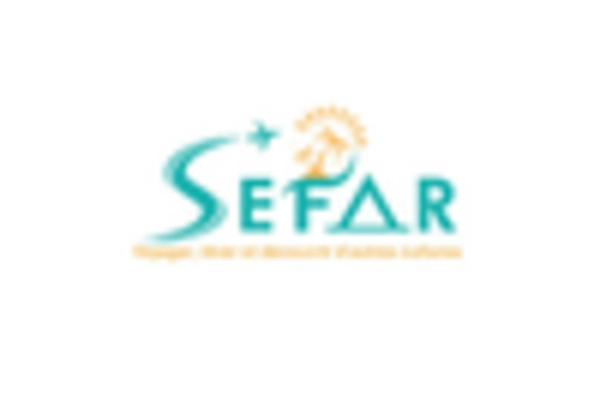
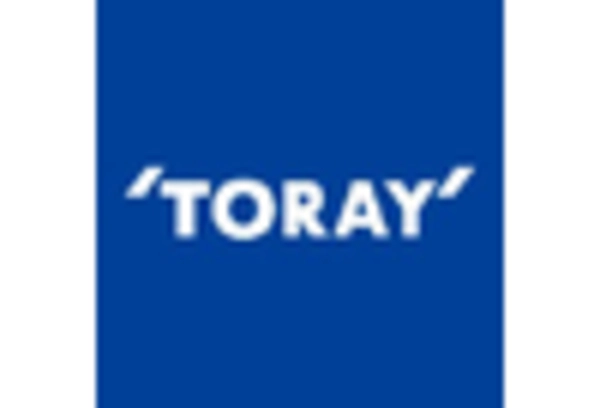








Leave a Comment